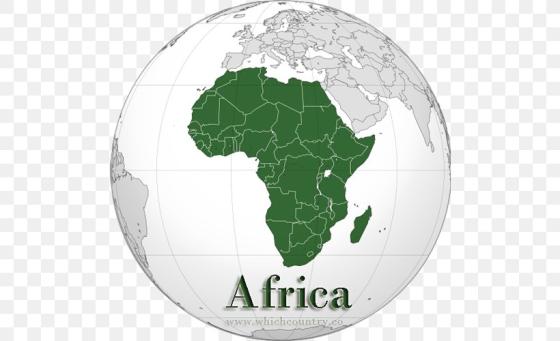Africa Must Respond to the Global Food Crisis by Ensuring Its Own Food Self-Sufficiency

The world knows that Africa is a rich continent — rich in land, minerals, petroleum, water and other resources. The water resources include thousands of beaches along the three oceans that crisscross the continent — the Atlantic, Indian and Pacific Oceans.
The land resources, which include millions of green acreage, provide us with more than enough opportunity to feed ourselves. Yet the President of the African Development Bank (ADB), Akinwumi Adesina, lamented this week that because of the Russia-Ukraine war, the price of wheat had surged almost 50% globally.
Why should the ADB President be talking about Russia and Ukraine? There are several African nations which produce wheat. The most important wheat producing African countries are Ethiopia, South Africa, Sudan, Kenya, Tanzania, Nigeria and Zimbabwe.
Because we live in an uncertain world, we in Africa should strive to become self-sufficient in almost everything, especially those things that we are able to produce. Among the staple foods Africa produces are cassava, green bananas, maize, plantains, rice and yams.
What we in Africa need to do now, in order to become self-sufficient in food, is to maximize our production of these staples. All of the countries which produce these staples should place serious emphasis on them. This is the only way we may be able to gain food self-sufficiency.
Take, for example, Liberia. We Liberians are rice eaters. And fortunately, we produce a lot of rice. Our farmers are rice farmers first. Unfortunately, we have ourselves to blame for our failure to produce our own rice — why? Because we have not been serious enough in producing our own rice. The good Lord has given us sufficient capability to feed ourselves with rice. He has given us millions of acres of the two types of land we need to produce rice — swamp and upland.
Additionally, we can grow rice in all parts of the country. The most important rice-producing counties are Montserrado, Bong, Lofa and Nimba counties. However, rice can be grown in all other counties.
But there have over the years been some constraints that have hampered efficient and large scale rice production. These include the dominance of upland and shifting cultivation; poor drainage, iron toxicity in undeveloped swamps, inadequate and irregular input supplies of seeds, fertilizers and credit. Lack of small farm equipment, especially for post-harvest operations, a well-defined rice policy, poor road networks and marketing systems and weak research and extension support are among the problems that impede efficient and extensive rice production in Liberia.
What is the purpose of this Editorial? Like all of our other Editorials, this one is designed to help inspire proactive initiatives on the part of the government and concerned citizens in order to address the issue of efficient and large scale rice production in Liberia.
We are rice-eating people. Rice is our staple. It is because of the problems already listed that has taken us so long for Liberia to become self-sufficient in our national staple.
Let us pray that the President, the Minister of Agriculture and other relevant GOL functionaries will be inspired by this Editorial and do what is required to help Liberia, at long last, to create the policies and implement them, that will make our country self-sufficient in our national staple — RICE.
We trust that the rest of Africa will do the same thing — put into place the policies and actions that will promote self-sufficiency in food, especially the national staples.
